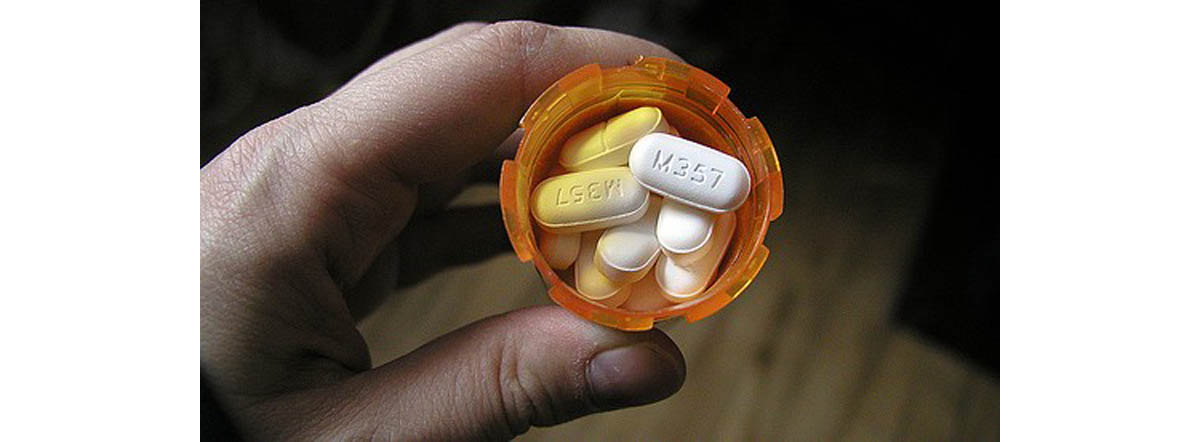Table of Contents
Most drug addiction experts regard Oxycontin as the drug of choice among people who are addicted to opiates.

The reason Oxycontin is so popular among drug addicts is that it can be obtained with a prescription, and clever addicts find ways to get multiple prescriptions written by multiple doctors to be filled in multiple pharmacies.
Most addiction experts estimate the number of Oxycontin addicts in the United States at about 115,000, with a slightly higher percentage of addicts in Canada. Unlike other addictions, Oxycontin is more popular in remote, rural areas such as the Appalachians in the USA and the far north in Canada.
How Oxycontin Abuse Became Epidemic
Even before Oxycontin was approved by the FDA in 1995 and HealthCanada in 1996, changes in the drug trade were setting up Oxycontin as a drug of choice. In the early 1990's, Colombian drug lords had no difficulty selling cocaine, but heroin wasn't as popular, because it had to be injected. The drug lords came up with a solution: Make heroin so pure that it could be snorted like cocaine.
Oxycontin, however, quickly displaced heroin as a snort-able drug because it too could be crushed into a powder and snorted. Since Oxycontin was made in the USA, different drug dealers, much smaller operators, could dominate the trade. The economics of Oxycontin made it a drug of choice in smaller towns.
Oxycontin Abuse in a West Virginia Town
One such small town is the hamlet of Man, West Virginia, featured in coverage in the New York Times. At one time Man had its local pot dealer and cocaine dealer, but by 2007, the only drug available was Oxycontin. The isolation and terrain of the town frustrated police, the distance to rehab clinics helped ensure that users stayed hooked, users have long-term social relationships with their dealers, and the fact that the medication is made by drug company makes it seem more “respectable.” Oxycodone in other forms had been used in towns and cities all over the USA before the introduction of Oxycontin, but since Purdue Phamraceuticals put up to 12 times more oxycodone in each capsule, this new brand made it a lot easier to get high.
And How the Epidemic Is Now Ebbing, at Least in the USA
In 2001, Purdue Pharmaceuticals introduced a new safeguard against oxycodone abuse. Instead of formulating the drug as tiny time-release particles inside a pill, they started making the drug in a tough, tamper-resistant capsule. The new, “squishy” capsule makes it impossible to crush the drug into a powder for snorting or application through the vagina or rectum.
That doesn't mean that there are no ways to abuse the drug. “Oxy” has been replaced by “Roxy,” lower-strength capsules of a different version of oxycodone made by Roxane Laboratories. However, it is necessary to get more capsules of the drug to get the same effect. Abusers of Oxycontin are now more inclined to go to rehab--or to try other drugs.
The best indication that the Oxycontin abuse epidemic in the USA is now on the decline is the appearance of multiple reports of pharmacy break-ins in which thieves left Oxycontin in favor of other drugs. However, in Canada, especially in First Nations communities in northern Ontario, where Oxycontin abuse is enabled by networks of friends and family in report communities and “double doctoring,” Oxycontin abuse remains on the rise.
- Davis M, Goforth HW, Gamier P. Oxycodone combined with opioid receptor antagonists: efficacy and safety. Expert Opin Drug Saf. 2013 Mar 28. [Epub ahead of print] PMID: 23534906.
- Fischer B, Argento E. Prescription opioid related misuse, harms, diversion and interventions in Canada: a review. Pain Physician. 2012 Jul. 15(3 Suppl):ES191-203. Review.PMID: 22786457.
- Whelan E, Asbridge M. The OxyContin crisis: Problematisation and responsibilisation strategies inaddiction, pain, and general medicine journals. Int J Drug Policy. 2013 Feb 26. doi:pii: S0955-3959(13)00008-X. 10.1016/j.drugpo.2013.01.007. [Epub ahead of print] PMID: 23452867.
- http://www.forbes.com/sites/trevorbutterworth/2012/12/13/is-the-era-of-oxycontin-abuse-over/
- www.nytimes.com/2011/06/16/health/16oxy.html?_r=0


Your thoughts on this